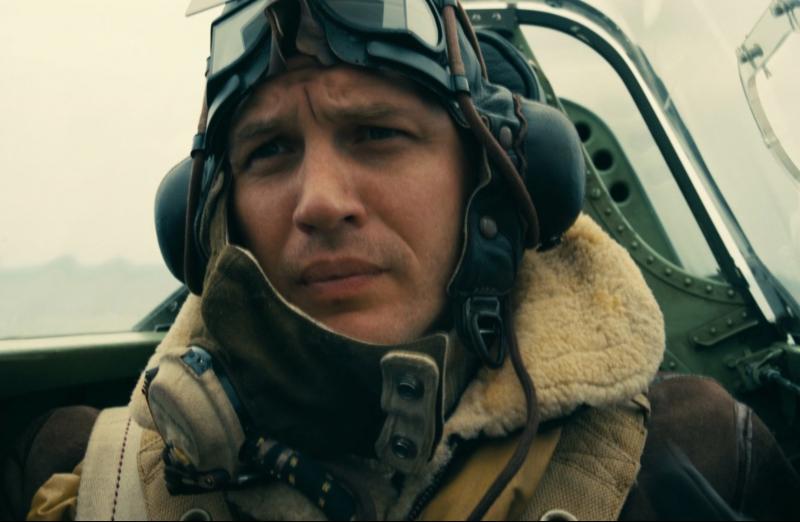‘Dunkirk’ is a spectacle to be seen on large screen
A common complaint from those indifferent to director Christopher Nolan’s works is that it’s too difficult to follow some of his films. In his breakthrough film, “Memento,” Nolan segmented a film noir and then reversed the order, essentially telling the narrative backward. Given the genre, it was an ingenious trick, but one that could frustrate those expecting a more linear narrative.
In 2010, Nolan’s smash “Inception” shuffled the chronological deck again, this time using different lengths of time that pass depending on one’s level of sleep. If you are in “level 1” of a dream, an hour can equal 12 hours; in “level two,” an hour would equal six days, and so on.
In his latest film, the World War II epic “Dunkirk,” Nolan once again dilates the clock to tell three consecutive tales during the legendary battle in France, where thousands of British soldiers were trapped along the shoreline, flanked by sharpshooters on the ground, U-boats at sea, and a swarm of planes randomly peppering the beach with bombs as the men desperately try to escape to England.
The three storylines are as follows: “The Mole,” which focuses on Tommy (played by Fionn Whitehead), a young British soldier who is desperately trying to elude battle and get aboard one of the departing ships; “The Sea,” which features nearby English civilians using pleasure boats as reconnaissance vessels to save some of the remaining soldiers; and “The Air,” in which a British Royal Air Force pilot (played by Tom Hardy) is in a heated battle overhead with the Germans.
Each segment is introduced at the start, with a simple clarification: a week, a day and an hour, respectively. This refers to the amount of time in which each story takes place, but Nolan splices them together with clinical precision, until they all intertwine toward the film’s climax. It’s yet another narrative gamble, and one that may indeed frustrate and confound viewers.
But the fact that he does not speak down to his audience, and, to the contrary, challenges them, is what makes Nolan’s films so rewarding for those who are devoted to his skills. It helps that he has on hand a number of talented actors who immediately ingratiate themselves and their respective plights to the audience. In particular, a modest casual boater (played by Mark Rylance) is immediately compelling with his humble heroics.
He feels duty bound to assist with the rescue, so he, his young son Peter (played by Tom Glynn-Carney) and local boy George (Barry Keoghan) set out to aid in any way possible. Whitehead and Hardy are also sympathetic, but since the battle predominantly depends on the nautical, their thread is perhaps the most engaging.
And while weaving all three stories together in such a manner is an unorthodox, disorienting approach that may not immediately congeal the way Nolan might have liked, once it settles into its stride, “Dunkirk” is a spectacle that demands to be consumed on as large a screen as possible.
As one would expect a wartime battle to be, it’s confusing and terrifying, as we never actually get a clear glimpse of the enemy. Sniper gunfire and fighter pilots emerge from nowhere and can envelop any scene in utter chaos. And composer Hans Zimmer, a frequent Nolan collaborator, provides a unique score that ties elements together with only a ticking stopwatch.
While it may not reach the heights of Nolan’s best (“The Illusionist,” “The Dark Knight”), “Dunkirk” is still a triumph by any measure. It also further cements Nolan as one of the most audacious directors working today.























































